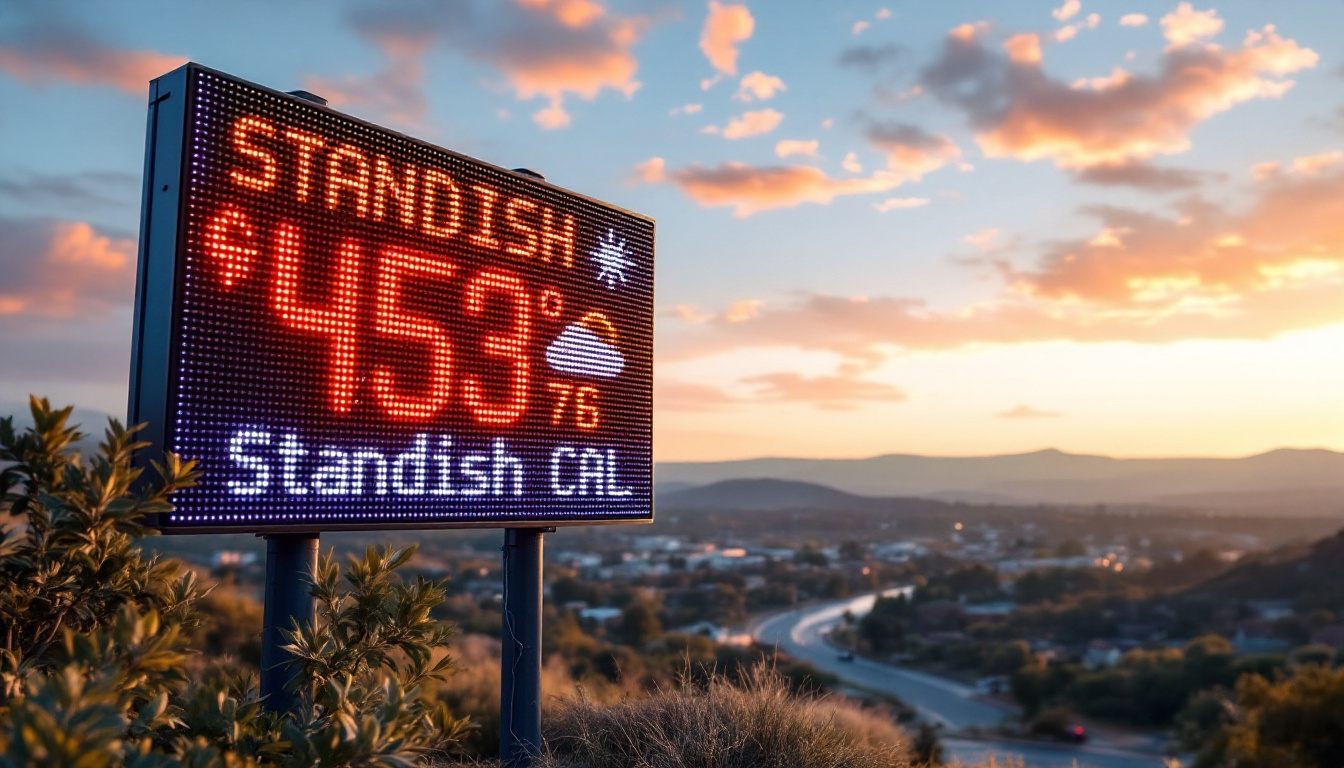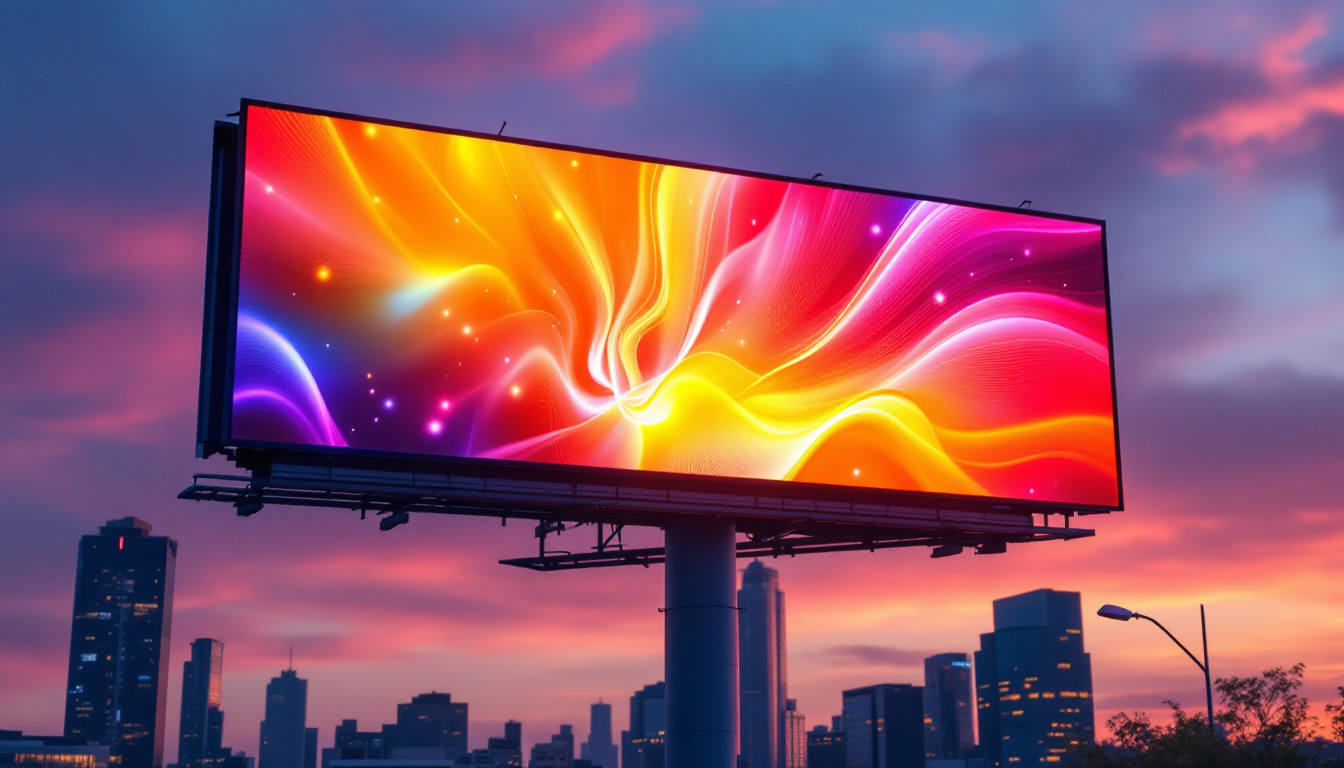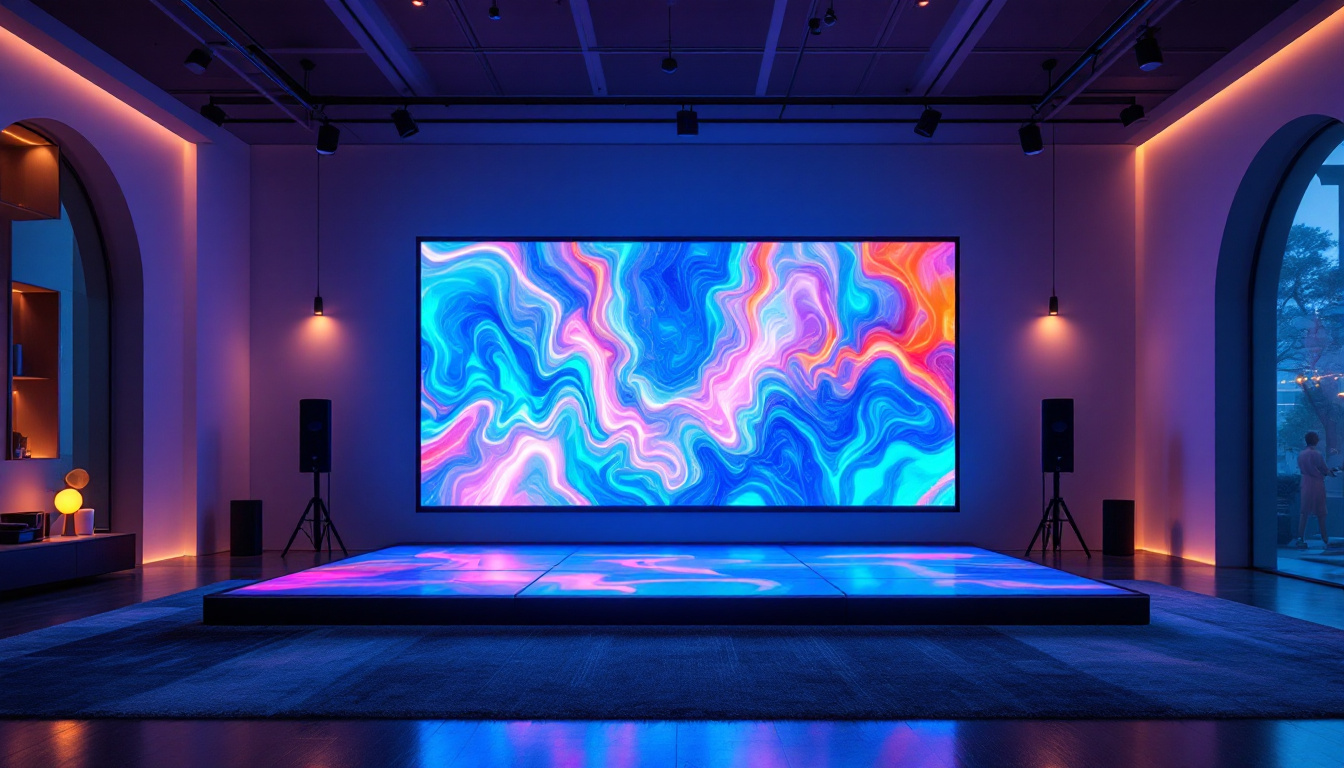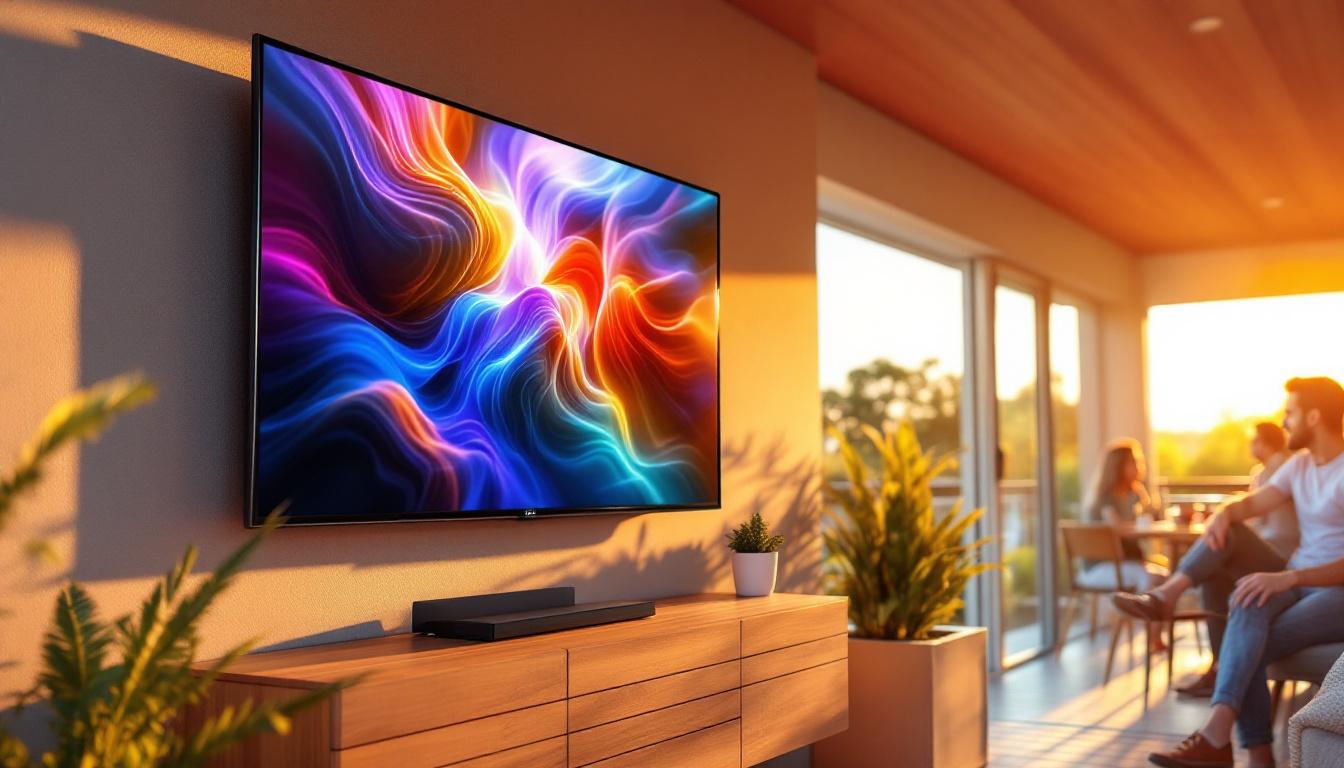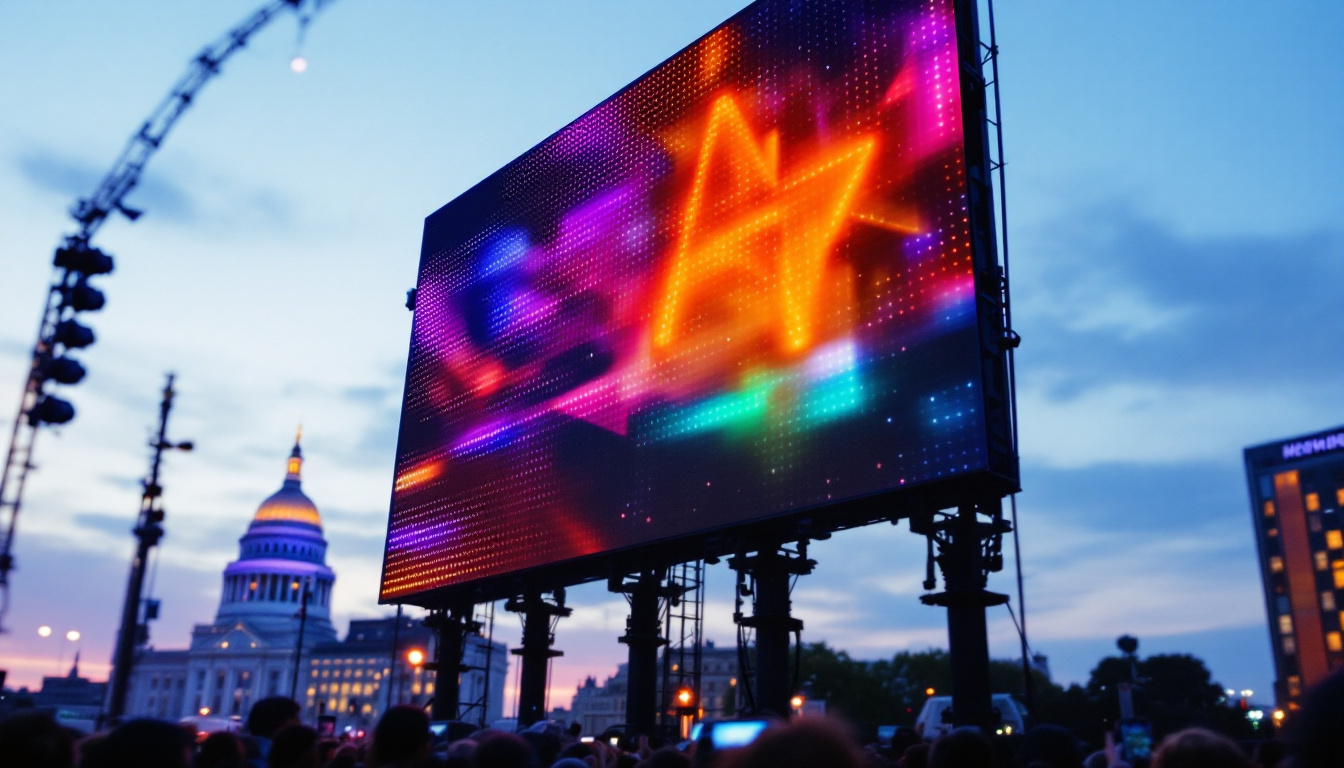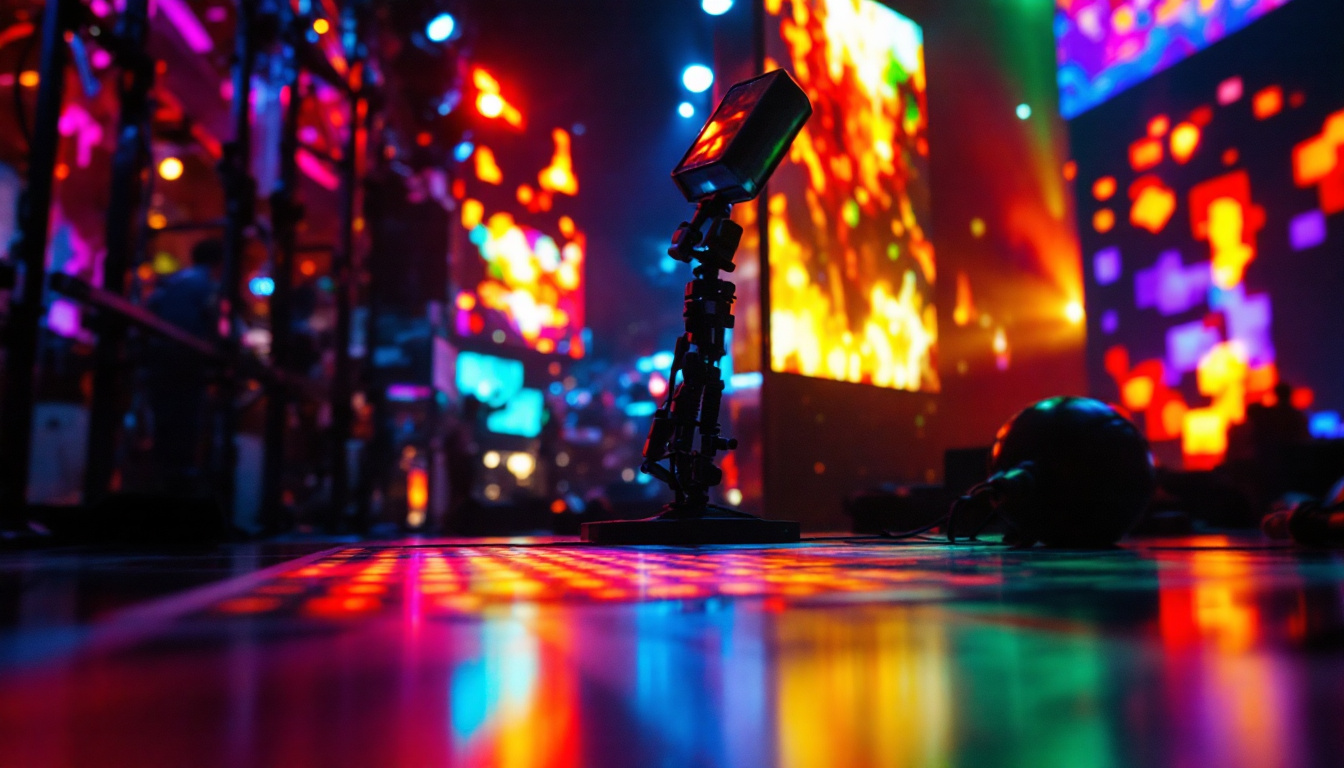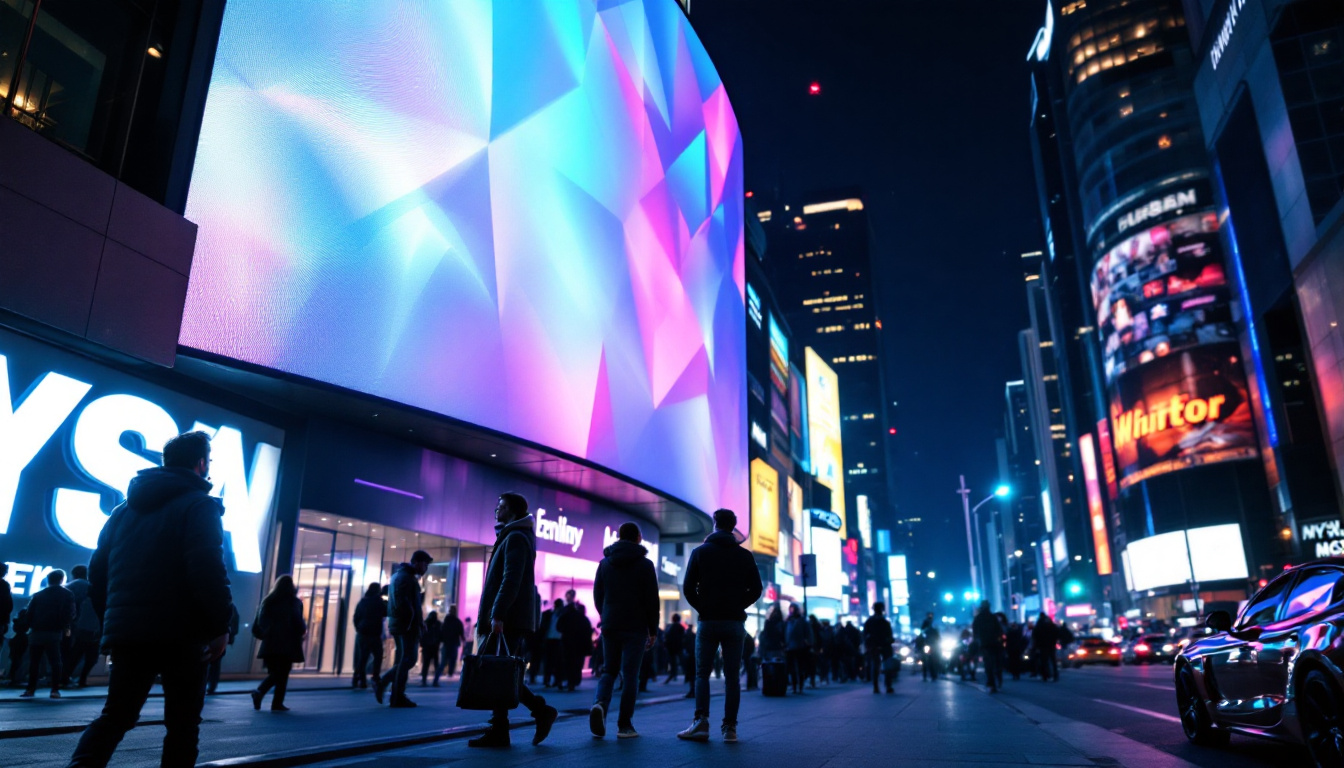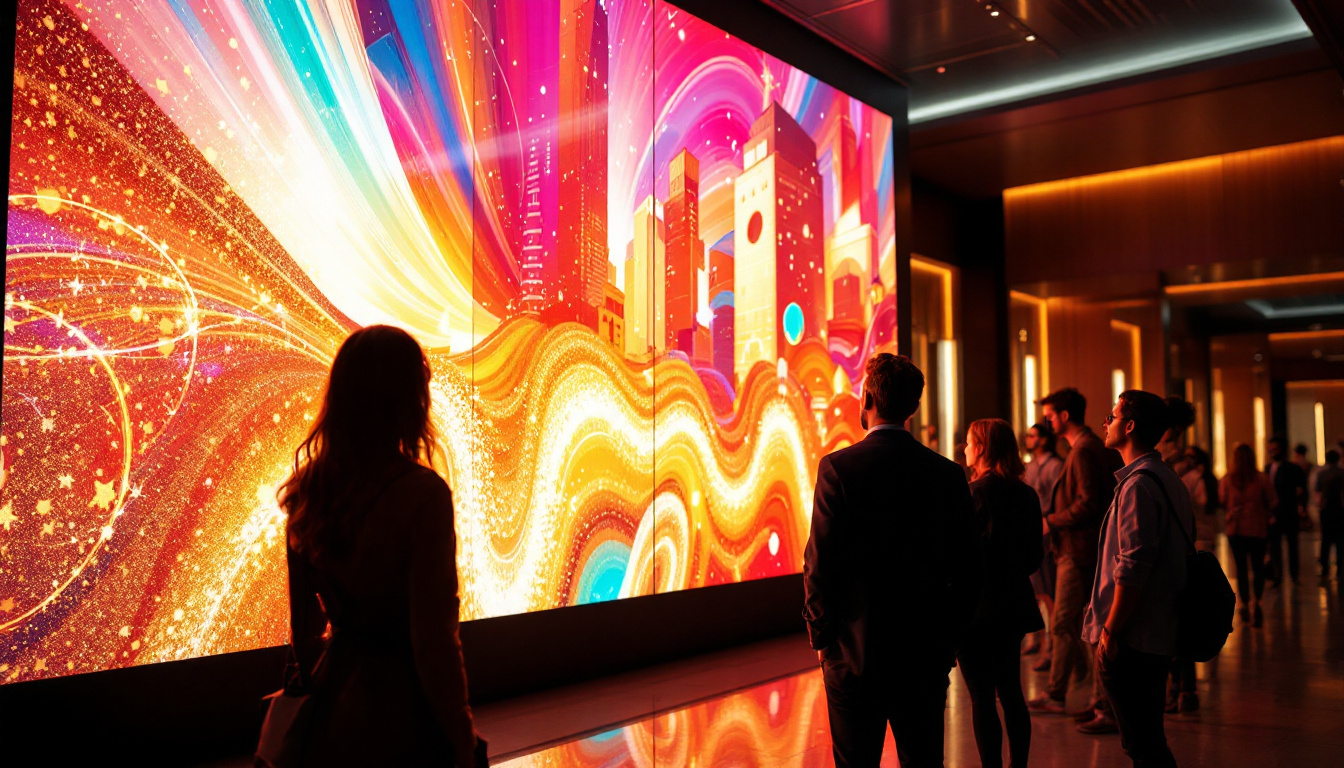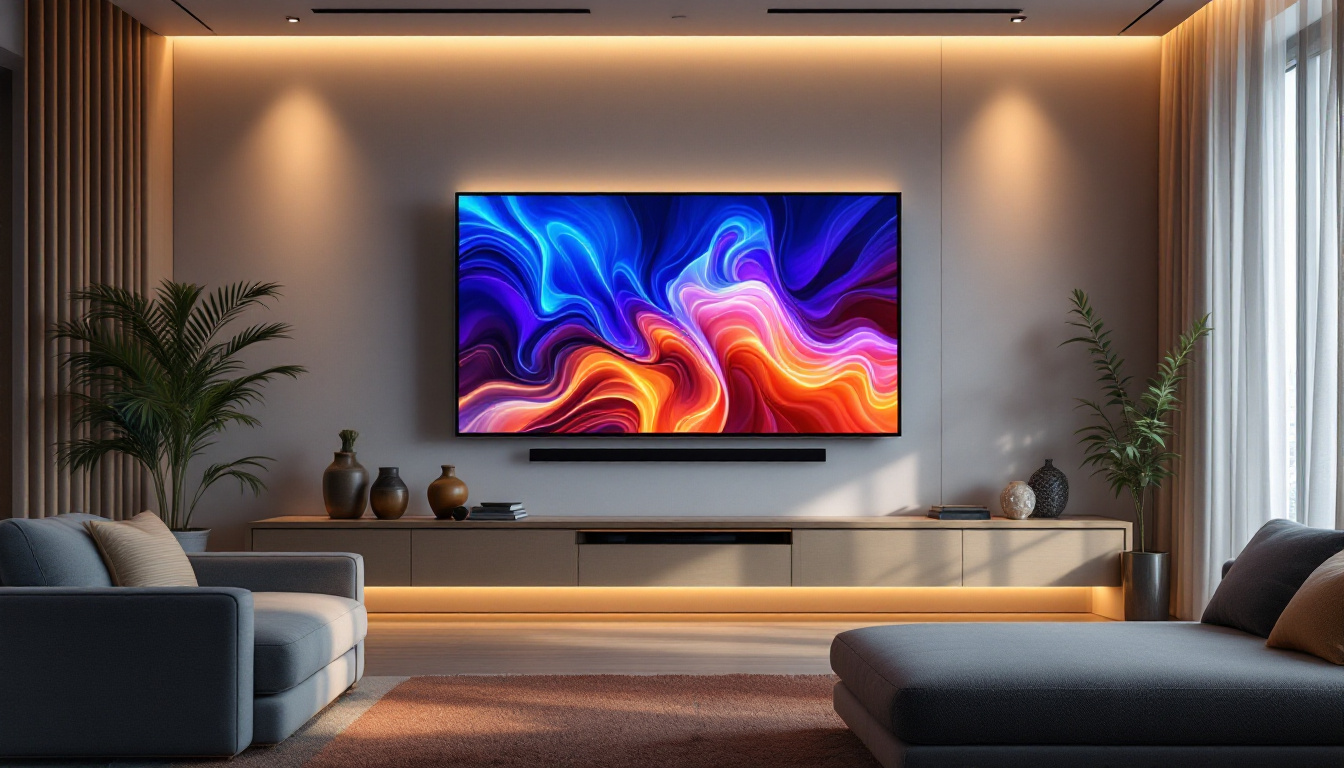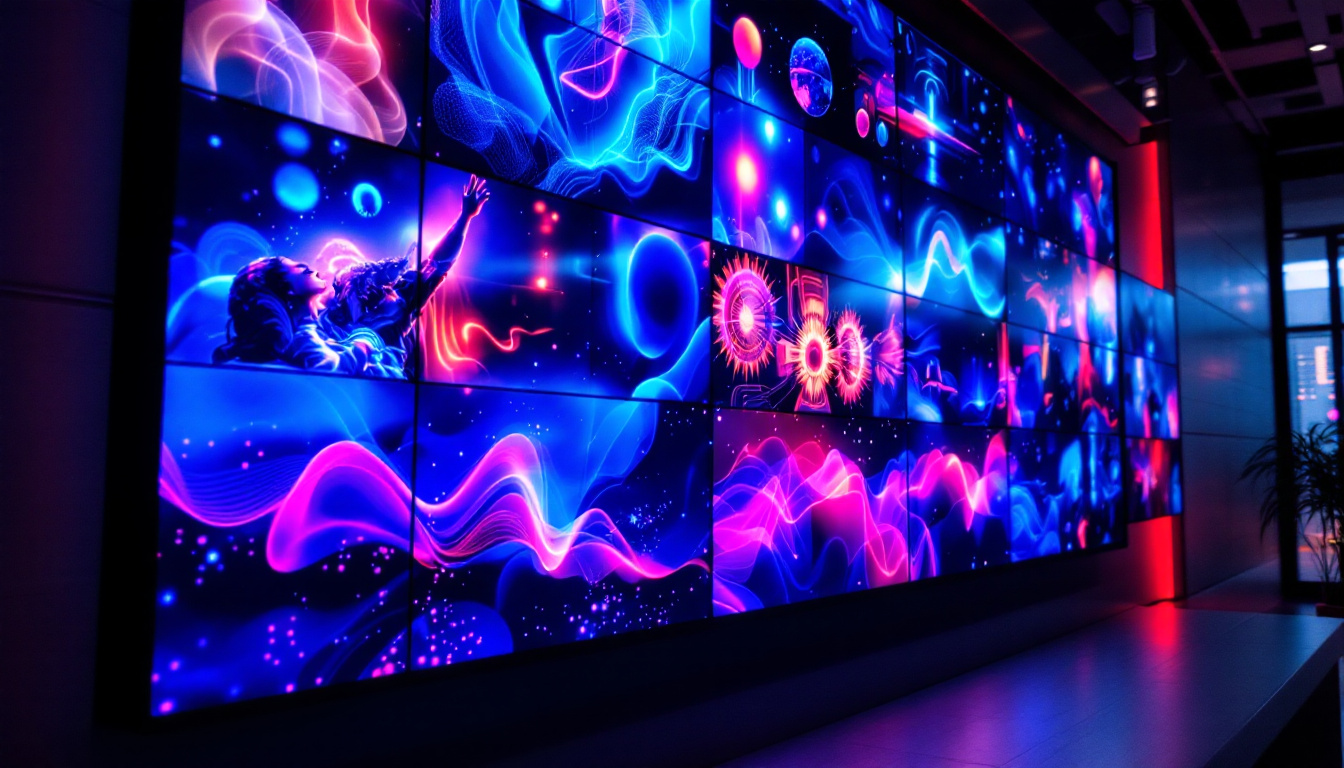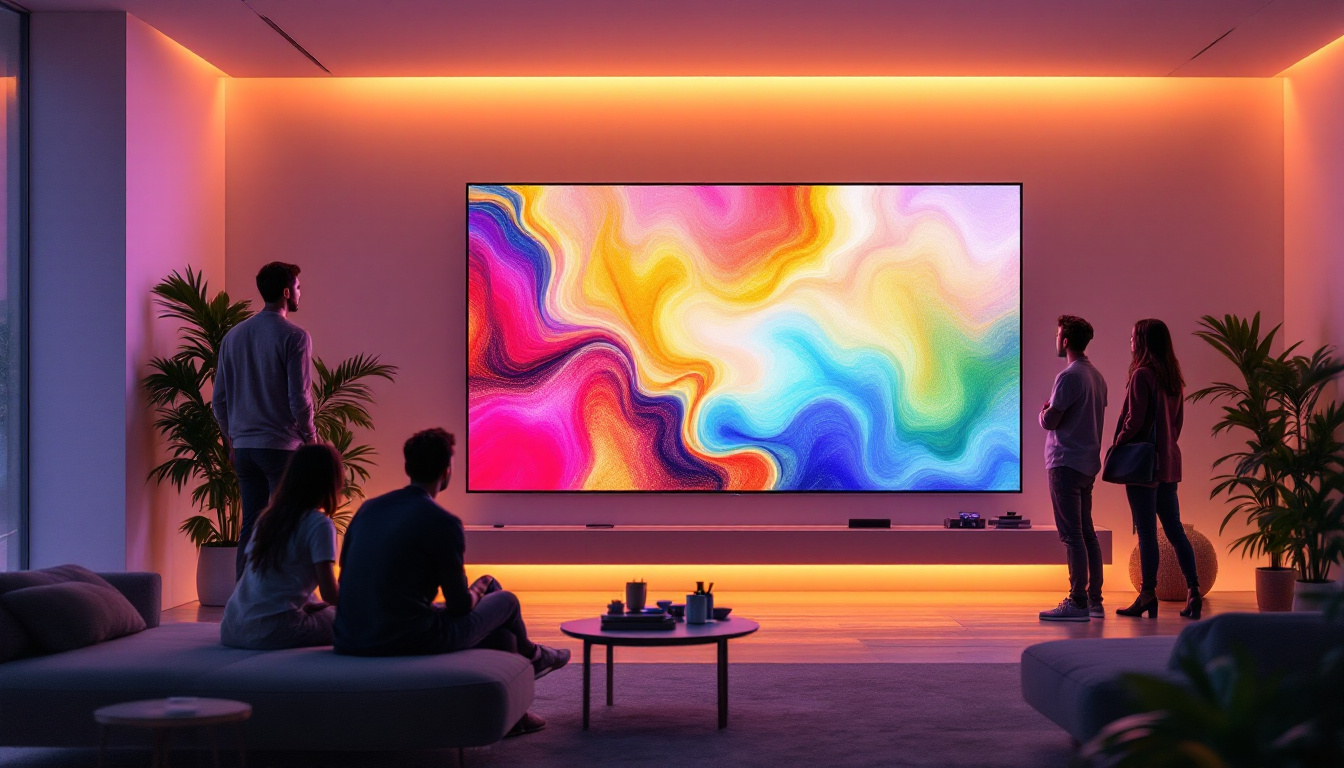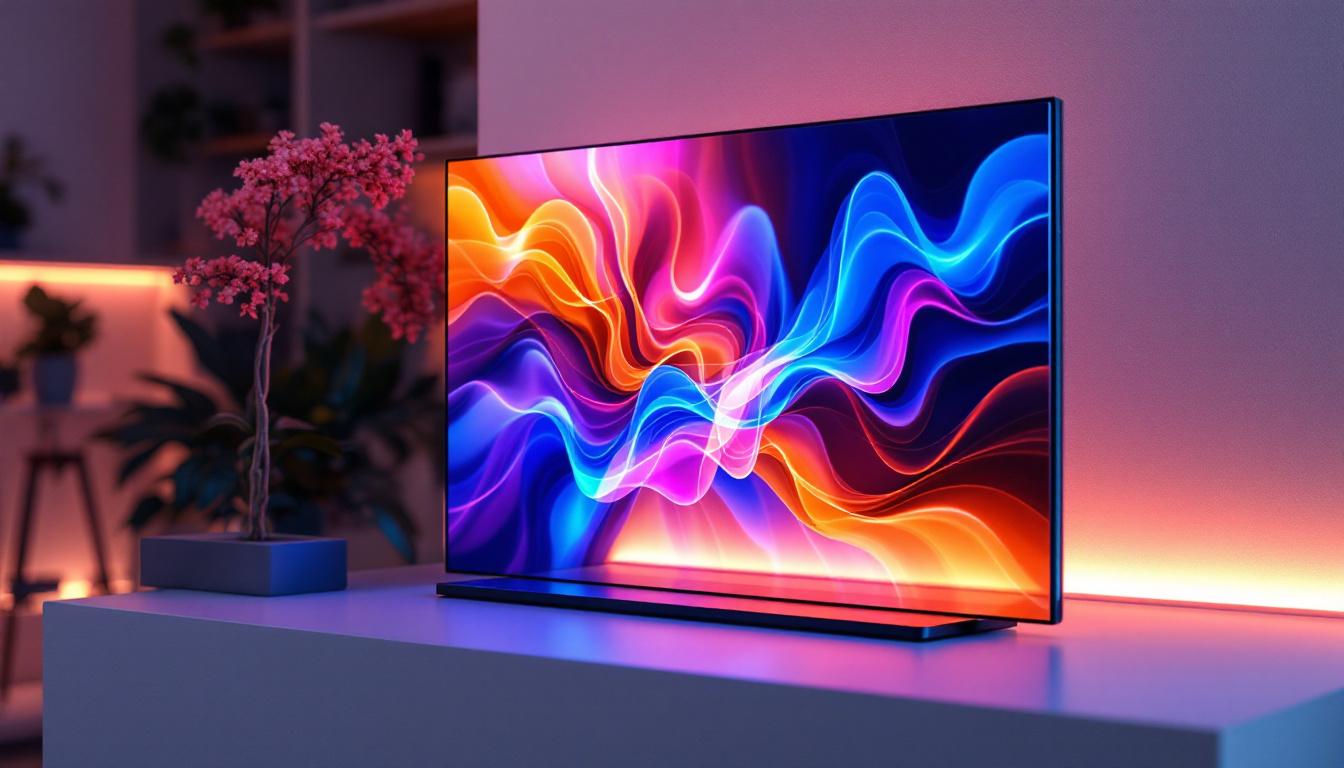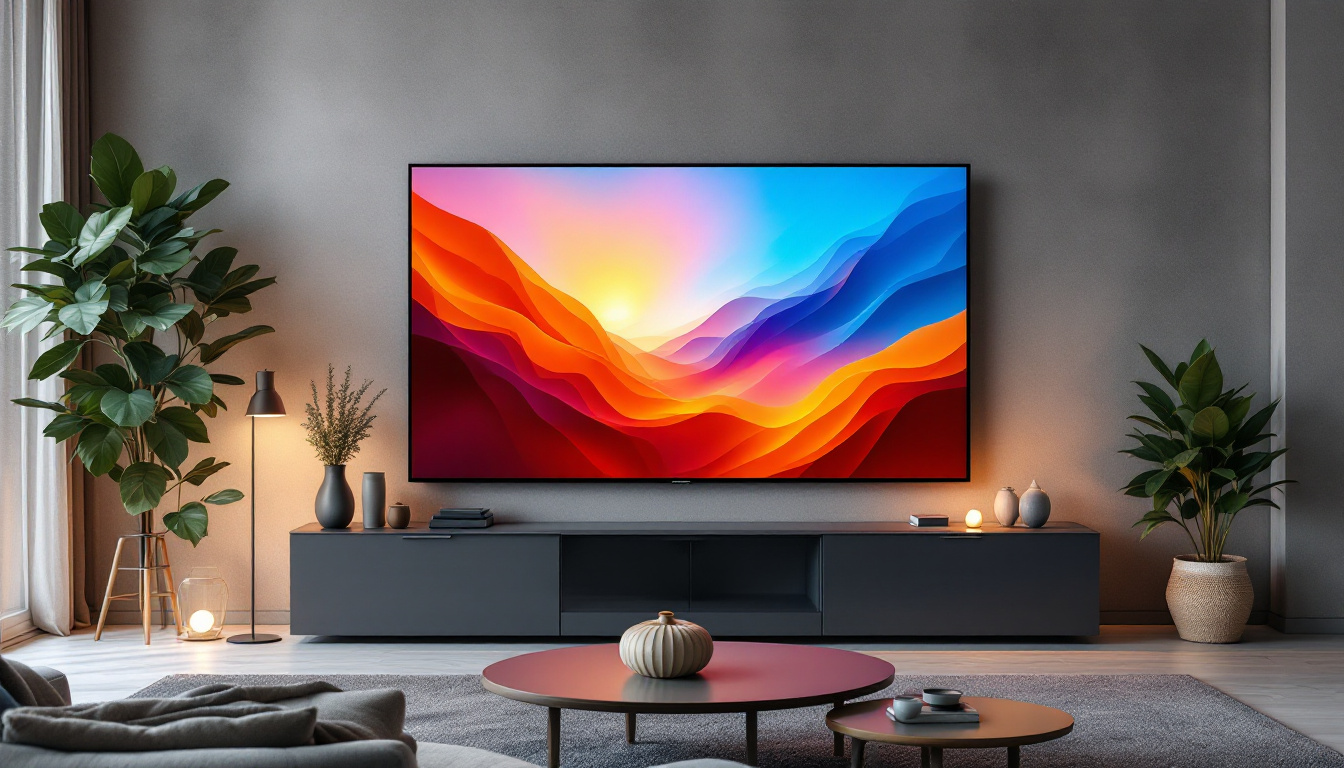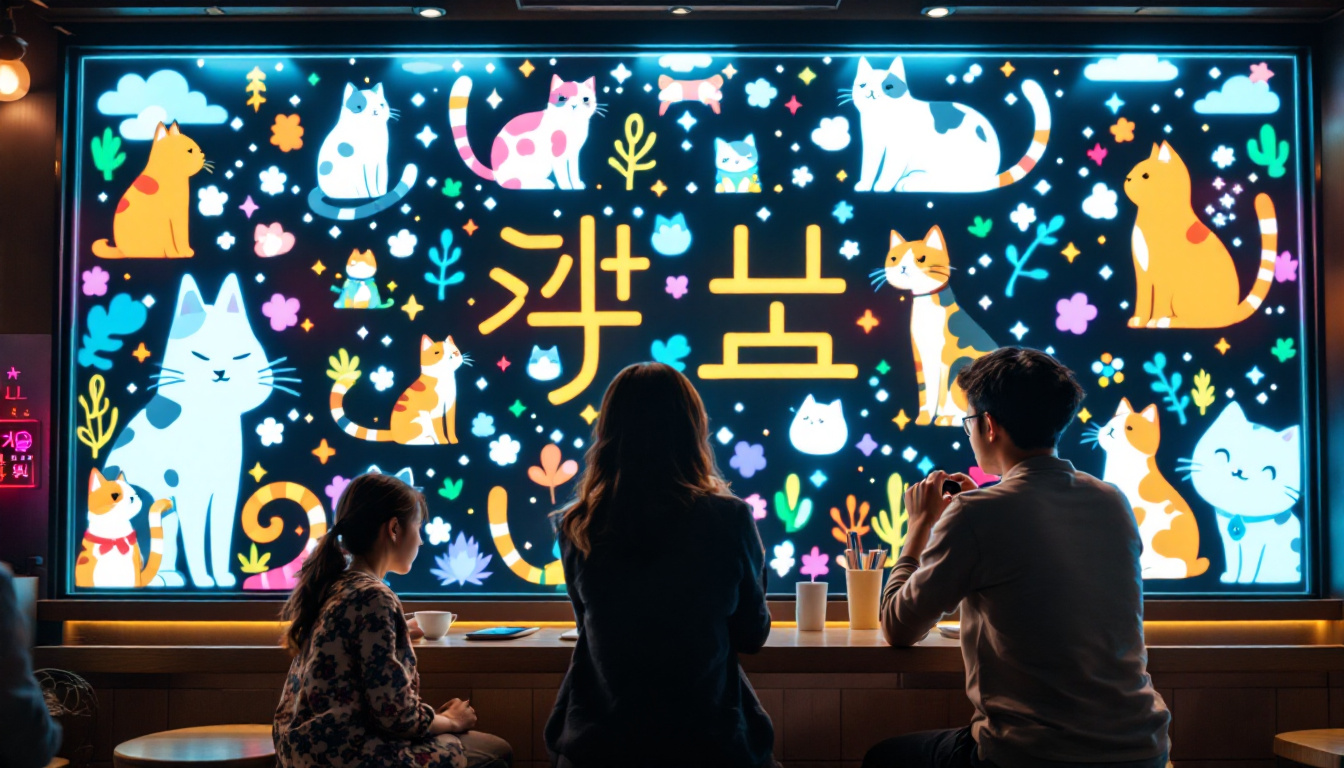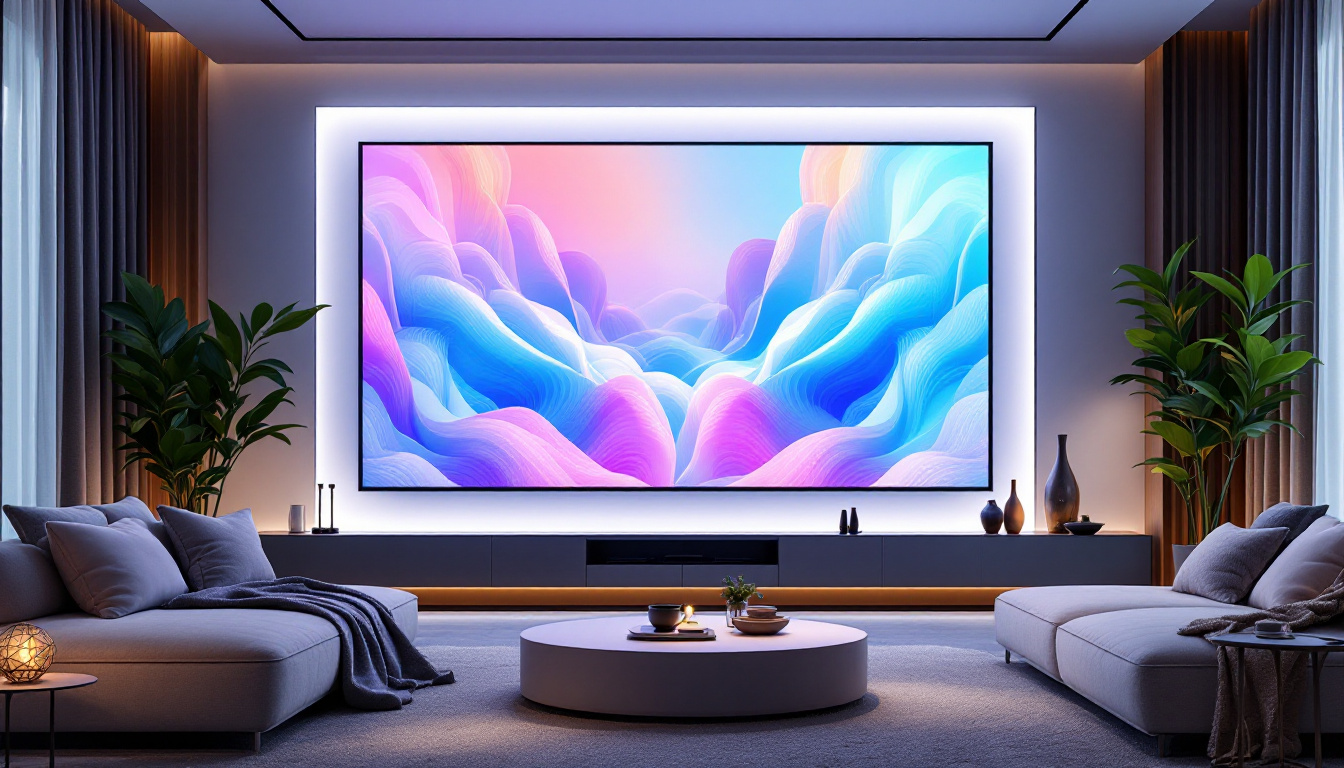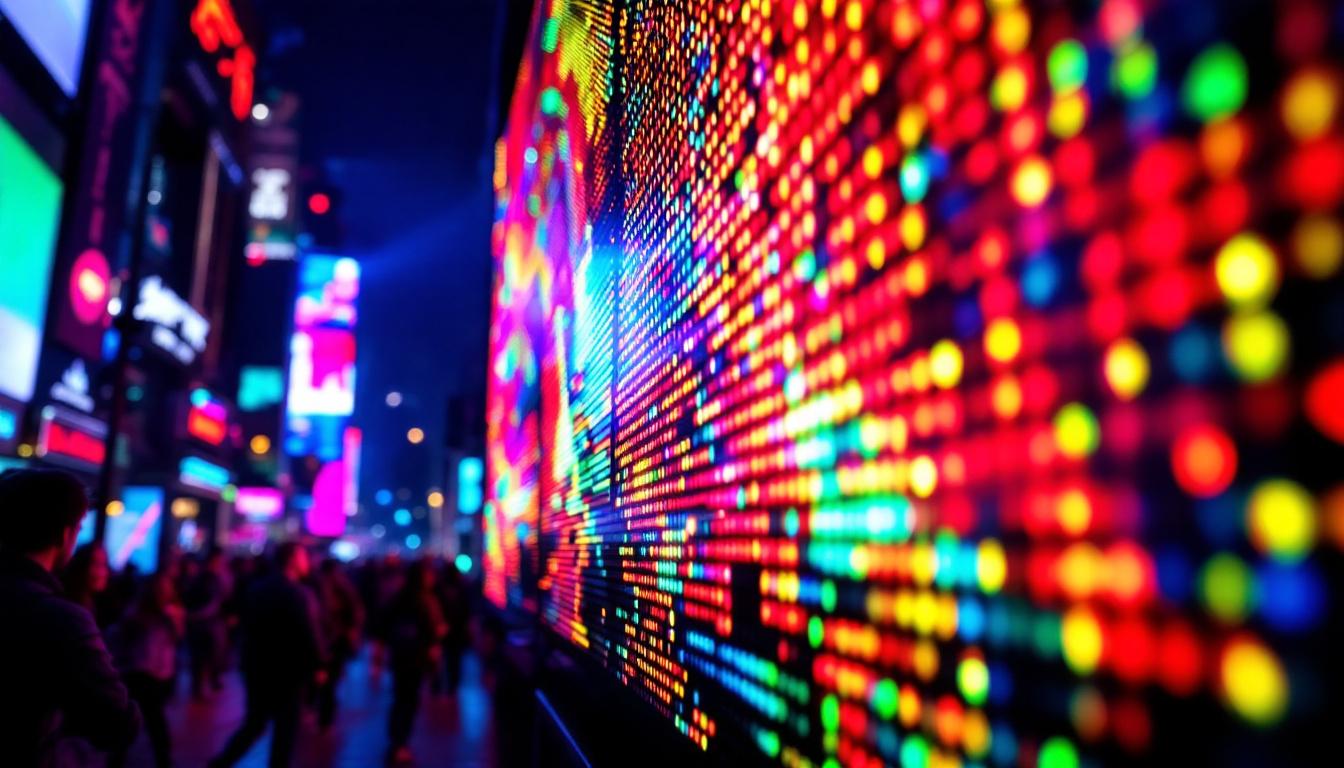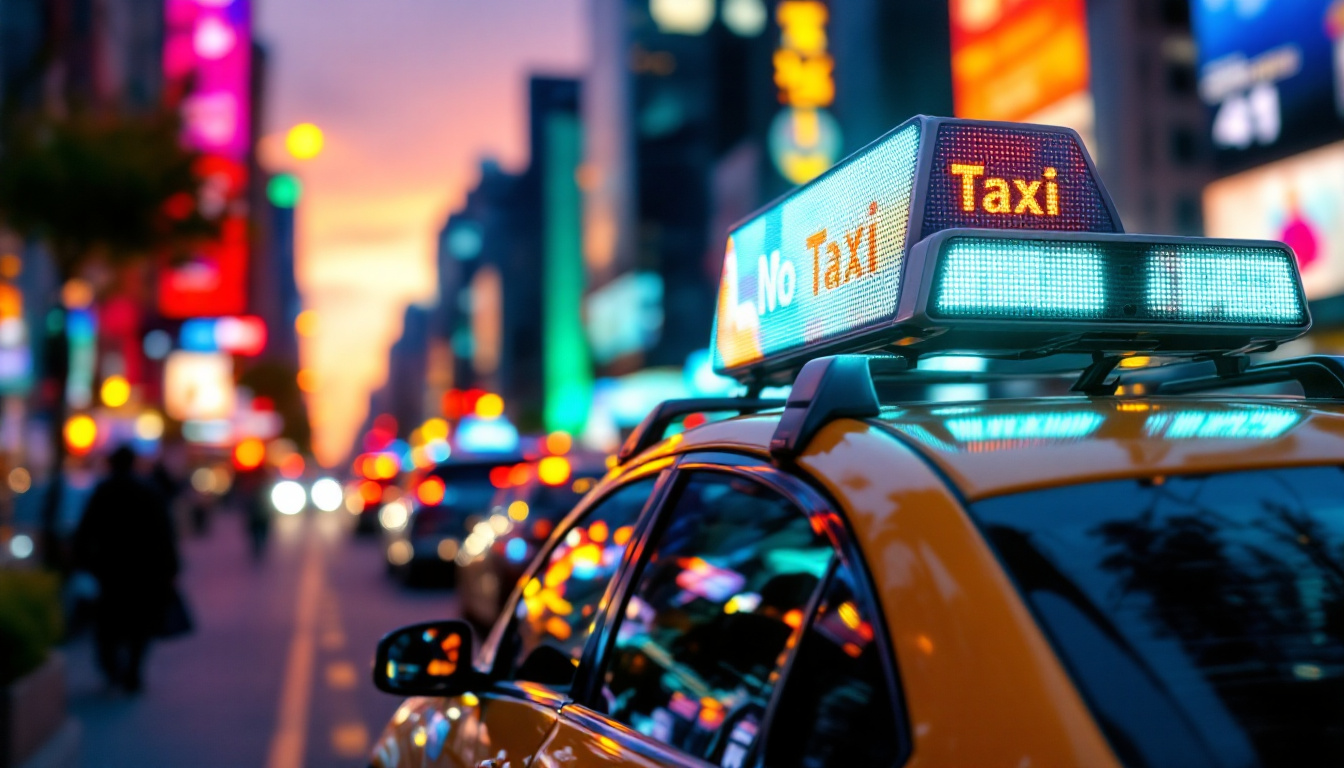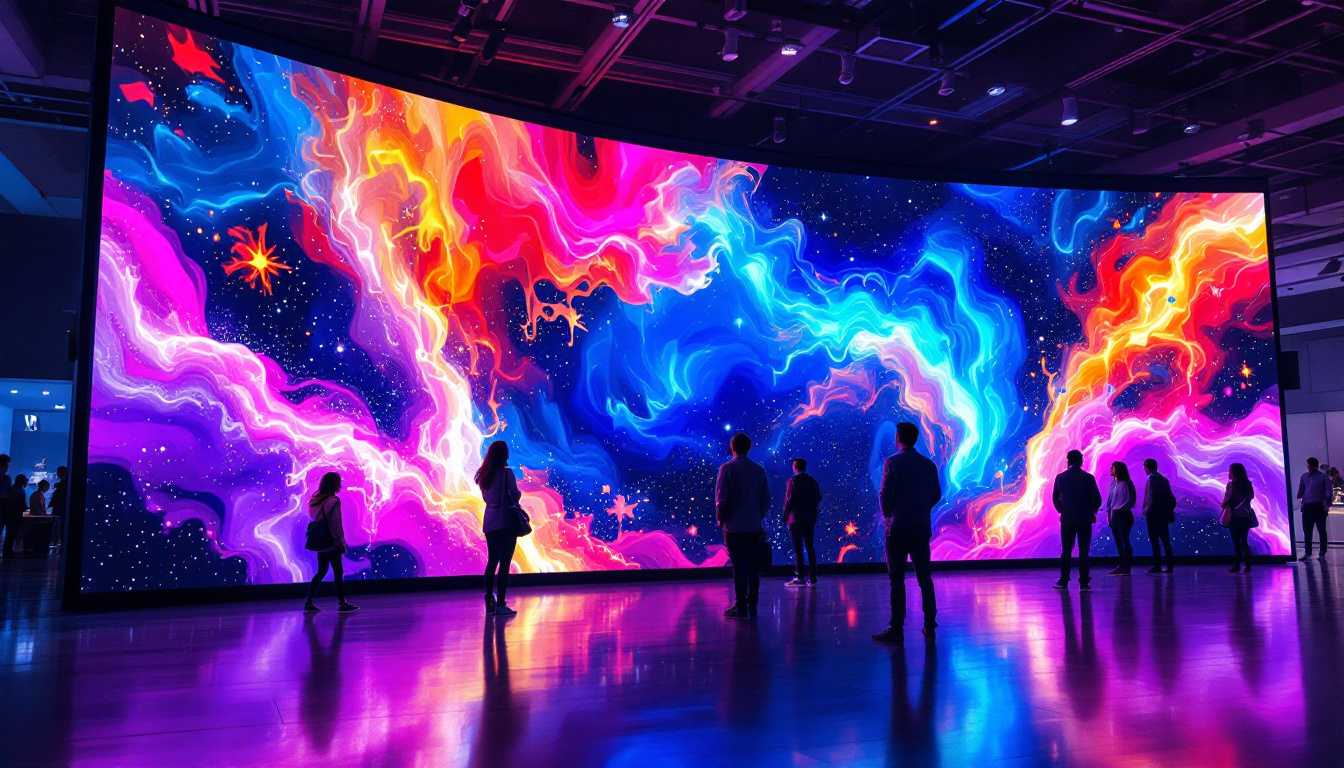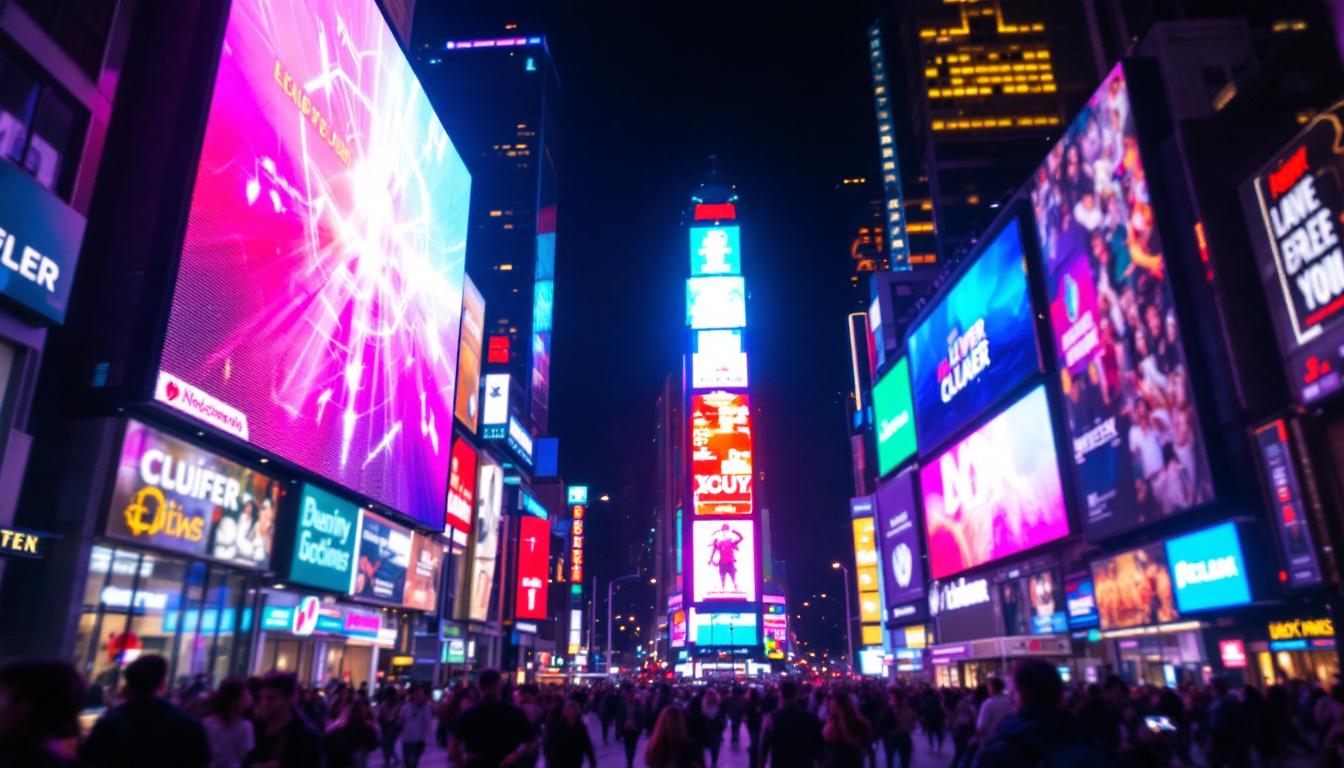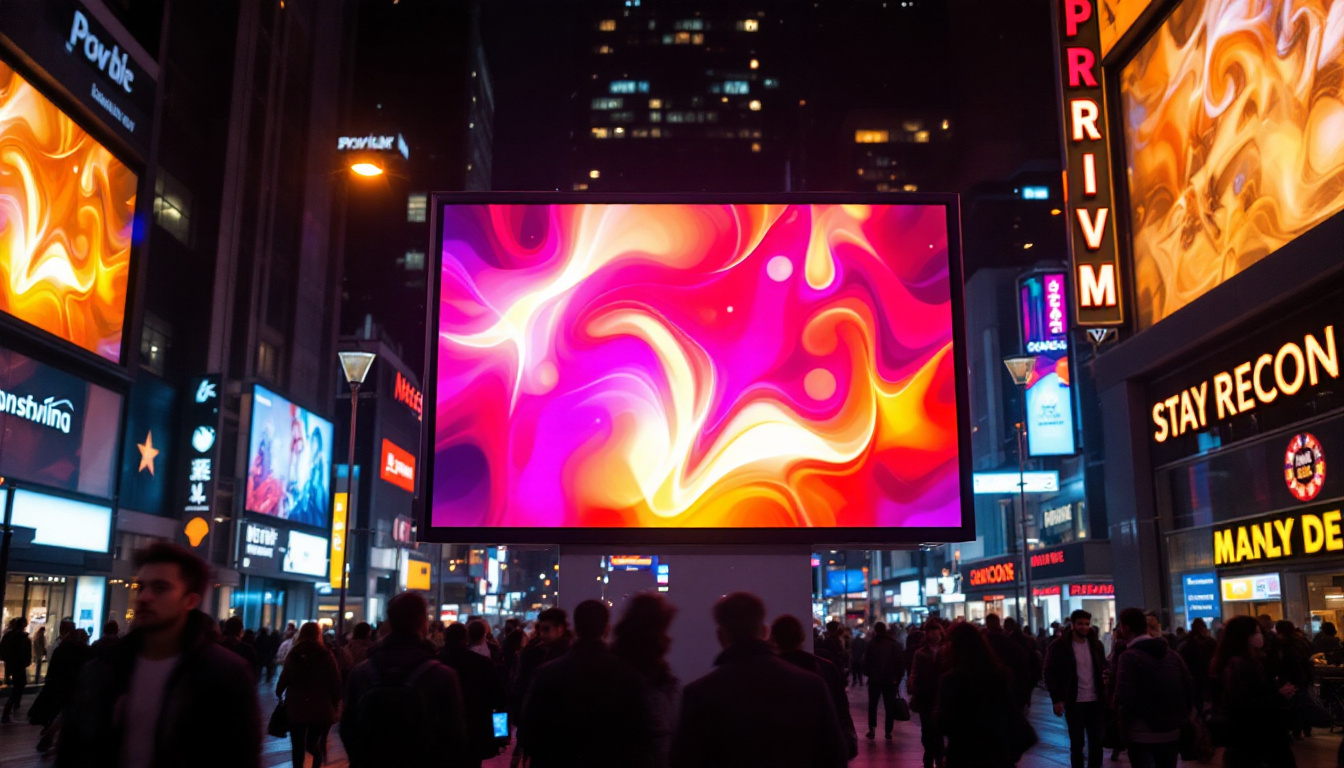In the heart of California, the small community of Standish experiences a unique blend of weather patterns that can change rapidly. To keep residents informed about these fluctuations, LED displays have become an essential tool. This article delves into how these displays function, their benefits, and their role in enhancing public safety and awareness regarding weather conditions.
Understanding LED Displays
LED displays, or Light Emitting Diode displays, are electronic devices that utilize LEDs to present information visually. They are widely used for various applications, including advertising, public information, and weather updates. In Standish, these displays serve a critical purpose in communicating real-time weather conditions to the community. The bright, eye-catching nature of LED displays ensures that important information reaches residents quickly and effectively, especially in a region where weather can change rapidly. This immediacy is vital for public safety, allowing citizens to make informed decisions based on the latest weather forecasts and alerts.
How LED Displays Work
LED displays operate by illuminating tiny diodes that emit light when an electric current passes through them. These diodes can produce a range of colors, allowing for vibrant and dynamic displays. The technology behind LED displays has evolved significantly, leading to higher resolution screens that can display detailed information, including text, images, and animations. This technological advancement has not only improved the visual quality but also enhanced the energy efficiency of these displays, making them a more sustainable choice for municipalities and businesses alike.
The information displayed on these screens is often generated by weather monitoring systems that collect data from various sources, such as satellites and local weather stations. This data is then processed and transmitted to the LED displays, ensuring that the community receives timely and accurate weather updates. Additionally, many LED displays are equipped with sensors that can detect ambient light conditions, automatically adjusting brightness levels to ensure visibility at all times, whether it’s day or night. This feature is particularly beneficial in maintaining the readability of critical information, even in bright sunlight or low-light conditions.
Types of LED Displays
There are several types of LED displays utilized in Standish, each designed for specific purposes. The most common types include:
- Static LED Displays: These displays show fixed messages and images, often used for advertising or public announcements. They are particularly effective for conveying straightforward information, such as store hours or upcoming events, in a clear and concise manner.
- Dynamic LED Displays: Capable of changing messages frequently, these displays are ideal for real-time weather updates and alerts. Their flexibility allows for the rapid dissemination of information, such as severe weather warnings or community alerts, which can be crucial during emergencies.
- Full-Color LED Displays: These high-resolution displays can show detailed graphics and animations, making them effective for engaging audiences. They are often used in entertainment venues and public spaces to create visually stunning presentations that capture attention and enhance the viewer’s experience.
In addition to these common types, there are also specialized LED displays, such as transparent LED screens that allow for creative advertising solutions without obstructing views, and outdoor LED billboards that can withstand harsh weather conditions while delivering high-quality visuals. The versatility of LED technology continues to inspire innovation, leading to new applications that enhance communication and engagement in communities like Standish.
The Role of LED Displays in Weather Communication
In Standish, the role of LED displays extends beyond mere aesthetics. They are vital in disseminating crucial weather information that can impact the safety and well-being of the community. By providing real-time updates, these displays help residents prepare for sudden weather changes.
Real-Time Weather Updates
One of the primary functions of LED displays in Standish is to provide real-time weather updates. This includes information about temperature, humidity, wind speed, and precipitation levels. Such data is essential for residents, especially those engaged in outdoor activities or agriculture, as it allows them to plan accordingly.
Moreover, during severe weather events, LED displays can quickly relay warnings and alerts, ensuring that the community is informed and can take necessary precautions. For instance, in the case of an impending storm, the display can provide updates on expected rainfall and wind speeds, which can be critical for safety.
Enhancing Public Safety
Public safety is a paramount concern, particularly in regions prone to extreme weather conditions. LED displays play a crucial role in enhancing safety by providing timely alerts about severe weather threats. In Standish, these displays are often linked to local emergency management systems, allowing for rapid dissemination of information during critical situations.
For example, if a tornado warning is issued, the LED display can immediately inform residents, prompting them to seek shelter. This swift communication can save lives and reduce the risk of injury during severe weather events.
Benefits of LED Displays for Weather Communication
The integration of LED displays into weather communication strategies offers numerous benefits for the Standish community. These advantages extend beyond immediate weather updates, impacting various aspects of daily life.
Increased Visibility and Accessibility
One of the most significant benefits of LED displays is their visibility. Unlike traditional signage, LED displays can be seen from a distance and in various lighting conditions, including bright sunlight and nighttime. This ensures that vital weather information is accessible to everyone, regardless of the time of day.
Additionally, the use of dynamic content allows for the presentation of information in multiple languages, catering to Standish’s diverse population. This inclusivity ensures that all community members can stay informed about weather conditions and safety alerts.
Cost-Effectiveness and Sustainability
While the initial investment in LED display technology can be substantial, the long-term benefits often outweigh the costs. LED displays are energy-efficient, consuming significantly less power than traditional display methods. This not only reduces operational costs but also aligns with sustainability goals by minimizing energy consumption.
Furthermore, LED displays have a longer lifespan compared to traditional signage, resulting in lower maintenance and replacement costs over time. This makes them an economically viable option for municipalities like Standish looking to invest in public safety infrastructure.
Challenges and Considerations
Despite the numerous advantages, the implementation of LED displays for weather communication is not without challenges. Addressing these challenges is crucial to ensure the effectiveness of these systems in Standish.
Technical Issues and Maintenance
LED displays, like any electronic device, are susceptible to technical issues. Regular maintenance is essential to ensure that the displays function correctly and continue to provide accurate information. This includes routine checks for hardware malfunctions, software updates, and cleaning to maintain visibility.
In addition, training personnel to operate and maintain these systems is vital. Without proper training, the effectiveness of the displays can be compromised, leading to potential misinformation during critical weather events.
Community Engagement and Feedback
For LED displays to be truly effective, community engagement is necessary. Residents must be aware of the information being presented and how to interpret it. Public outreach efforts, such as informational sessions and workshops, can help educate the community about the displays and the importance of staying informed about weather conditions.
Feedback from the community is also essential. Understanding how residents utilize the information provided by LED displays can help refine the content and presentation, ensuring that it meets the needs of the community effectively.
The Future of Weather Communication in Standish
As technology continues to evolve, the future of weather communication in Standish looks promising. Innovations in LED display technology, along with advancements in weather monitoring systems, will enhance the ability to provide accurate and timely information to the community.
Integration with Smart Technology
One of the most exciting developments on the horizon is the integration of LED displays with smart technology. This could include the use of artificial intelligence to analyze weather patterns and predict conditions more accurately. By leveraging data analytics, LED displays could provide personalized weather updates based on individual preferences and activities.
Moreover, the integration of mobile applications with LED displays could allow residents to receive alerts directly on their smartphones, ensuring that they are always informed, even when they are away from the displays. This seamless communication can enhance public safety and preparedness in the face of changing weather conditions.
Community-Centric Approaches
The future of weather communication will also likely focus on community-centric approaches. Engaging residents in the decision-making process regarding the content and functionality of LED displays can lead to more effective communication strategies. By involving the community, municipalities can ensure that the displays meet the specific needs and preferences of residents.
Additionally, collaborative efforts with local organizations, schools, and businesses can enhance the reach and impact of weather communication initiatives. By working together, the community can foster a culture of preparedness and resilience in the face of adverse weather conditions.
Conclusion
In conclusion, LED displays play a vital role in weather communication in Standish, California. By providing real-time updates and enhancing public safety, these displays are essential tools for keeping the community informed. While challenges exist, the benefits of LED technology far outweigh the drawbacks, making it a worthwhile investment for municipalities.
As Standish looks to the future, the integration of innovative technology and community engagement will further enhance the effectiveness of weather communication. By prioritizing safety and accessibility, Standish can ensure that its residents are well-prepared for whatever weather conditions may arise.
Enhance Your Weather Communication with LumenMatrix
Ready to elevate your community’s weather preparedness and public safety? Discover the advanced capabilities of LumenMatrix’s LED display technology. From Indoor and Outdoor LED Wall Displays to specialized solutions like Vehicle LED Displays and LED Sports Displays, LumenMatrix offers a wide array of options to suit your specific needs. Embrace the future of visual communication with our Custom LED Displays and All-in-One LED Display solutions, designed to captivate audiences and deliver your message with unparalleled clarity. Check out LumenMatrix LED Display Solutions today and transform the way you share critical weather updates and engage with your community.

